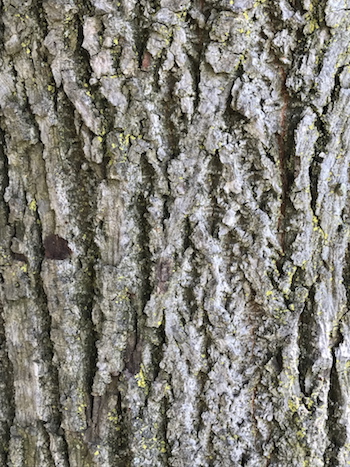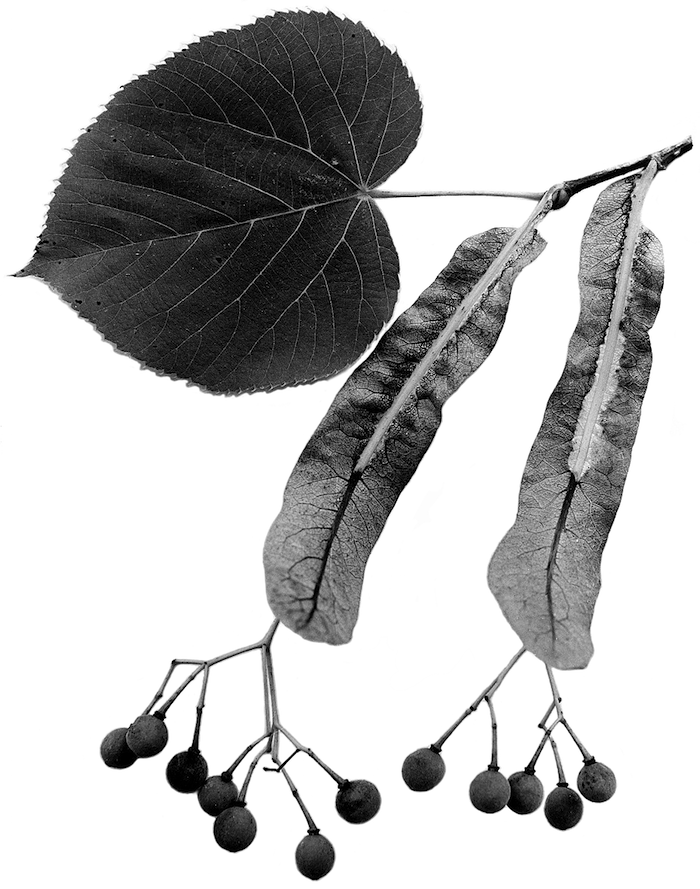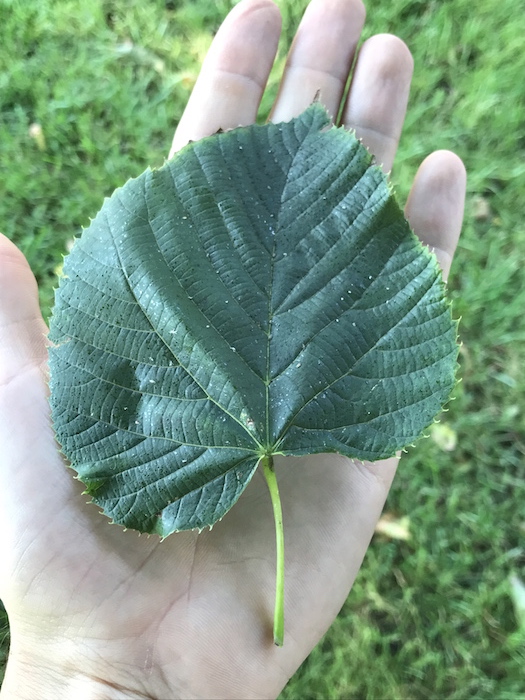
Description:
American baswood is noted for its fragrant pale yellow flowers in late spring, small nutlets with attached leafy wings and large ovate dark green leaves (to 6” long) with acuminate tips, serrate margins and uneven cordate bases. It is a medium to large deciduous tree, typically growing to 50-80’ (less frequently to 120’) tall with an ovate, rounded crown. Fragrant, pale yellow flowers in drooping cymes appear in June. When a tree is in full bloom, bees often visit in such abundant numbers that humming can be heard many feet from the tree. Honey made from these flowers is a prized gourmet food item. Flowers have also been used to make tea. Flowers give way to nutlets that are attached to narrow bract-like strap-shaped wings (to 5” long). Nutlets ripen in late summer. Fall color is an undistinguished pale green to pale yellow. Winter twigs and buds are red. Syrup may be made from the sweet sap in somewhat the same manner as maple sugar. The common name of basswood is derived from bastwood, in reference to the tough inner bark (bast) which has been used to make rope and mats. Wood is very light, which makes it ideal for shipping crates and boxes.
Issues:
No serious insect or disease problems. Verticillium wilt is infrequent, but can be fatal. Powdery mildew, leaf spots and cankers may occur. Insect visitors include borers, beetles, lacebugs, caterpillars and scale. Spider mites can do significant damage, particularly in hot, dry periods.
Other Resources:
Photo Credit: D. E. Herman Public Domain




